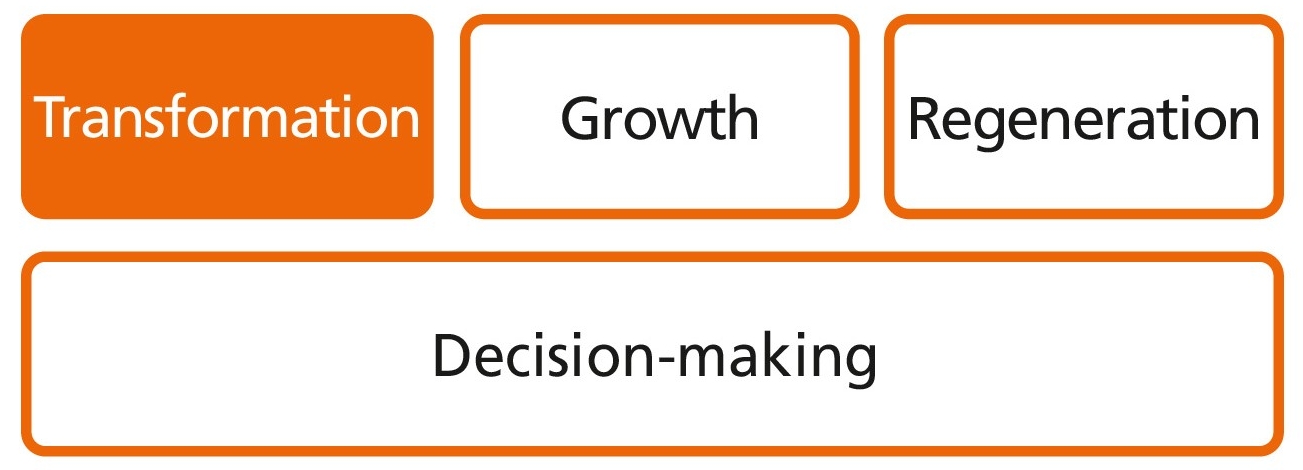What is the challenge?
Communication with new and existing customers is an essential component for companies to build and maintain profitable and stable customer relationships in the long term. This is often based on the concept of the customer lifecycle: the individual phases of acquiring new customers, maintaining existing customers or winning back customers via suitable communication strategies must be designed accordingly. This can be challenging for companies, depending on how many customers there are, how complex the individual customer history is, and how dynamically customer preferences change.



